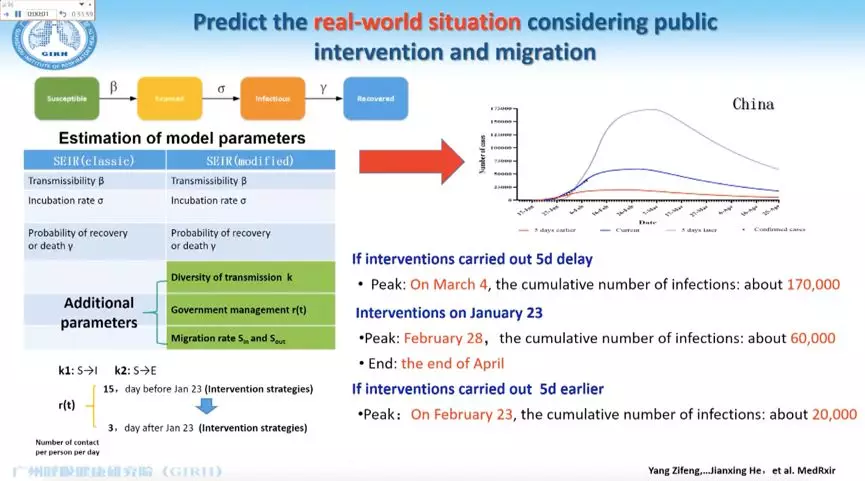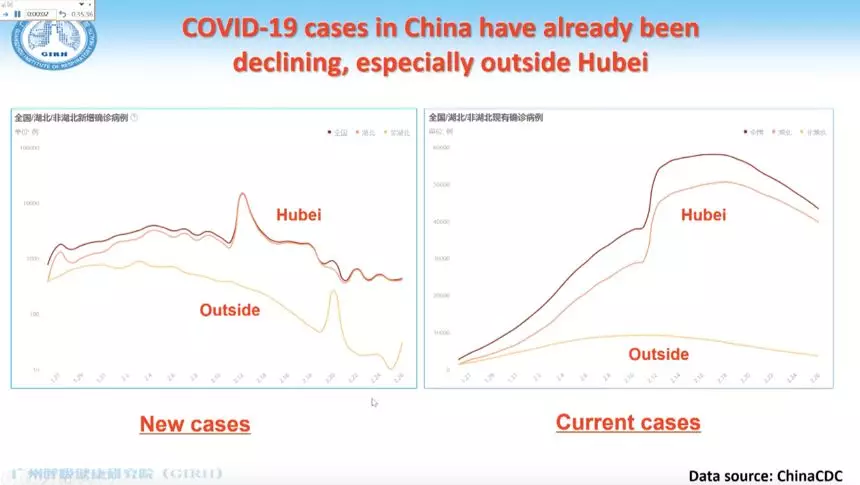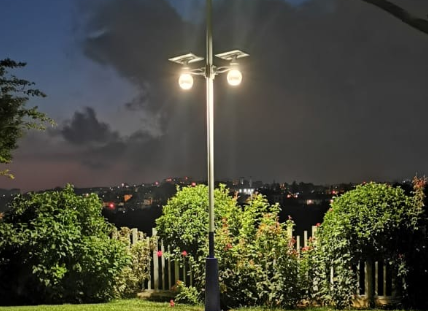Academician Zhong Nanshan shares Chinese experience with Europe

Foreword: A Chinese slang says "Difficulties on one side, aid from all sides. " At the time when the epidemic in China was severe, many overseas friends of Road Smart were actively helping us through the difficulties. Now that the epidemic situation is worsening in some overseas countries, Road Smart, as your friend, also hopes to help you! Here we sharing an article (including video), I hope this can help you.
From March 3rd to 4th, Zhong Nanshan, the leader of the high-level expert group of the National Health and Medical Commission and the academician of the Chinese Academy of Engineering, made a video connection with Dr. Anita Simonds, the vice president and select president of the European Respiratory Society. He introduced and shared experiences and results of China fighting against the COVID-19 epidemic.
COVID-19 virus basic characteristics and detection
First, Zhong Nanshan introduced the basic characteristics of the epidemic,Including the genetic sequence of the virus, human-to-human transmission, and multiple transmission routes, etc. Speaking of the detection of the COVID-19 virus, Zhong Nanshan introduced the rapid IgM (immunoglobulin M) test strip developed by the team, which can be used as a supplementary means for nucleic acid detection. He also introduced the application of a thermostatic amplification chip, which can help testers distinguish between COVID-19 virus, influenza A virus and influenza B virus. In view of the current situation of nucleic acid test results of some COVID-19 cured patients becoming positive again, Zhong Nanshan believes that the IgG (immunoglobulin G) antibody content of cured patients has increased a lot. In this case, a positive test result is unlikely to be due to a recurrence of the viral infection. At present, it is unclear whether patients with a re-positive nucleic acid test are still infectious. Zhong Nanshan proposed that healed patients should continue to be isolated and reviewed after discharge.
Clinical treatment experience sharing and drug trial progress
Zhong Nanshan introduced that, as of February 17, nearly 150 clinical drug trials for COVID-19 were underway. The drugs tested included Redecive, chloroquine phosphate, and various Chinese medicines. Zhong Nanshan believes that patients with COVID-19 are facing the threat of death, so they cannot use randomized controlled research methods like ordinary drug trials. It is against medical ethics to place patients in the control group on a placebo, and current drug trials mostly use research methods without a control group. In tests conducted on chloroquine phosphate, it can be seen that a significant number of patients can become negative for virus detection within four or five days after taking the drug. Zhong Nanshan believes that some Chinese medicines currently on the market also have certain effects on anti-virus and anti-inflammatory.
Problems encountered in clinical treatment
Zhong Nanshan introduced that comparing the lung pathological biopsy results of patients with SARS and COVID-19, the main difference is that there is a large amount of mucus in the bronchioles and alveoli of COVID-19 patients. He suggests that the mucus could be one of the causes of death in critically ill patients. Mechanical ventilation is an important means of treating patients with COVID-19. Zhong Nanshan believes that this mucus distributed in the alveoli and bronchioles are very dense, which affects the effect of mechanical ventilation. Therefore how to clear the mucus in small airways is an urgent problem. Zhong Nanshan also proposed the next research topics to the European Respiratory Society, including how the immune system response mechanism in COVID-19 works, and how to properly grasp the timing of ECMO (External Membrane Oxygenation).
Forecast of the development trend of the epidemic
Zhong Nanshan proposed that the prediction models published by many research teams did not include parameters such as "government timely intervention", so the prediction results were not accurate. The forecasting model previously designed by Zhong Nanshan's team (the data used by the model as of February 9) includes more comprehensive parameters, including strong national intervention and elimination of the peak return after the Spring Festival. The prediction results of the model show that the domestic epidemic situation will reach its peak in late February and will be basically controlled by the end of April. At present, the epidemic data are all within the prediction range of the model.

Zhong Nanshan believes that the number of confirmed cases nationwide, especially outside Hubei, is decreasing.

Four "early" are keys to preventing and controlling the epidemic
Zhong Nanshan believes that the daily update and publication of data on confirmed and suspected cases is an important measure. He also emphasized that starting the joint prevention and control mechanism. Insisting on early detection, early reporting, early isolation, and early diagnosis and treatment are the keys to preventing and controlling the epidemic. During the video connection with Dr. Anita Simonds, Vice President and President Elect of the European Respiratory Society (ERS), Zhong Nanshan further introduced China's experience in controlling the epidemic, including the construction of a square cabin hospital to transfer mild patients, and how to prevent the spread of the epidemic at an early stage. Dr Simonds makes a hypothesis: If COVID-19 epidemic reoccurs within the next 2 or 5 years, what issues should be noted? Zhong Nanshan also gave a detailed answer.
Zhong Nanshan said that COVID-19 outbreaks have occurred in some European countries, and the spread should be prevented as soon as possible. He pointed out that COVID-19 and flu must be distinguished by testing, and China is willing to share our experience and communicate with the European Respiratory Society.
- Preview:The Advantages and Disadvantages of Solar Street Light
- Next:Null







